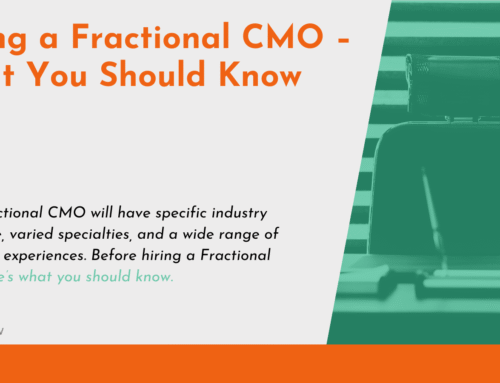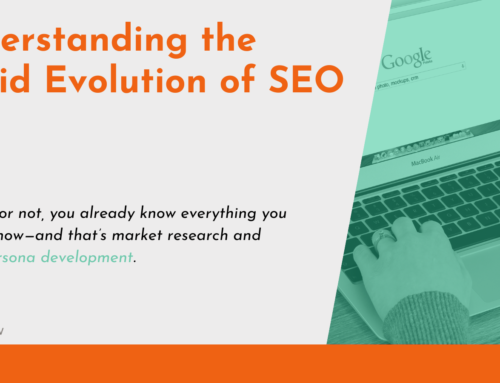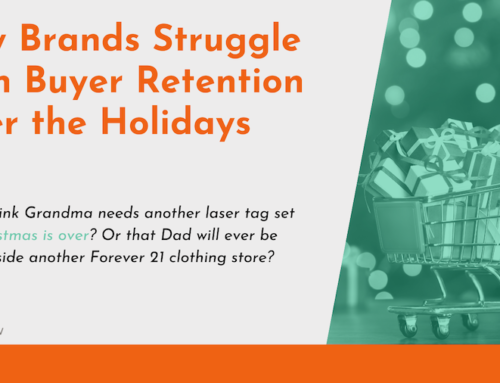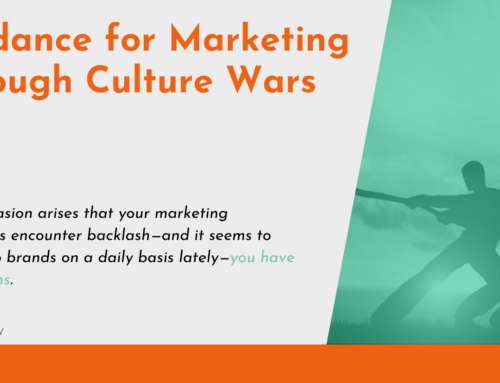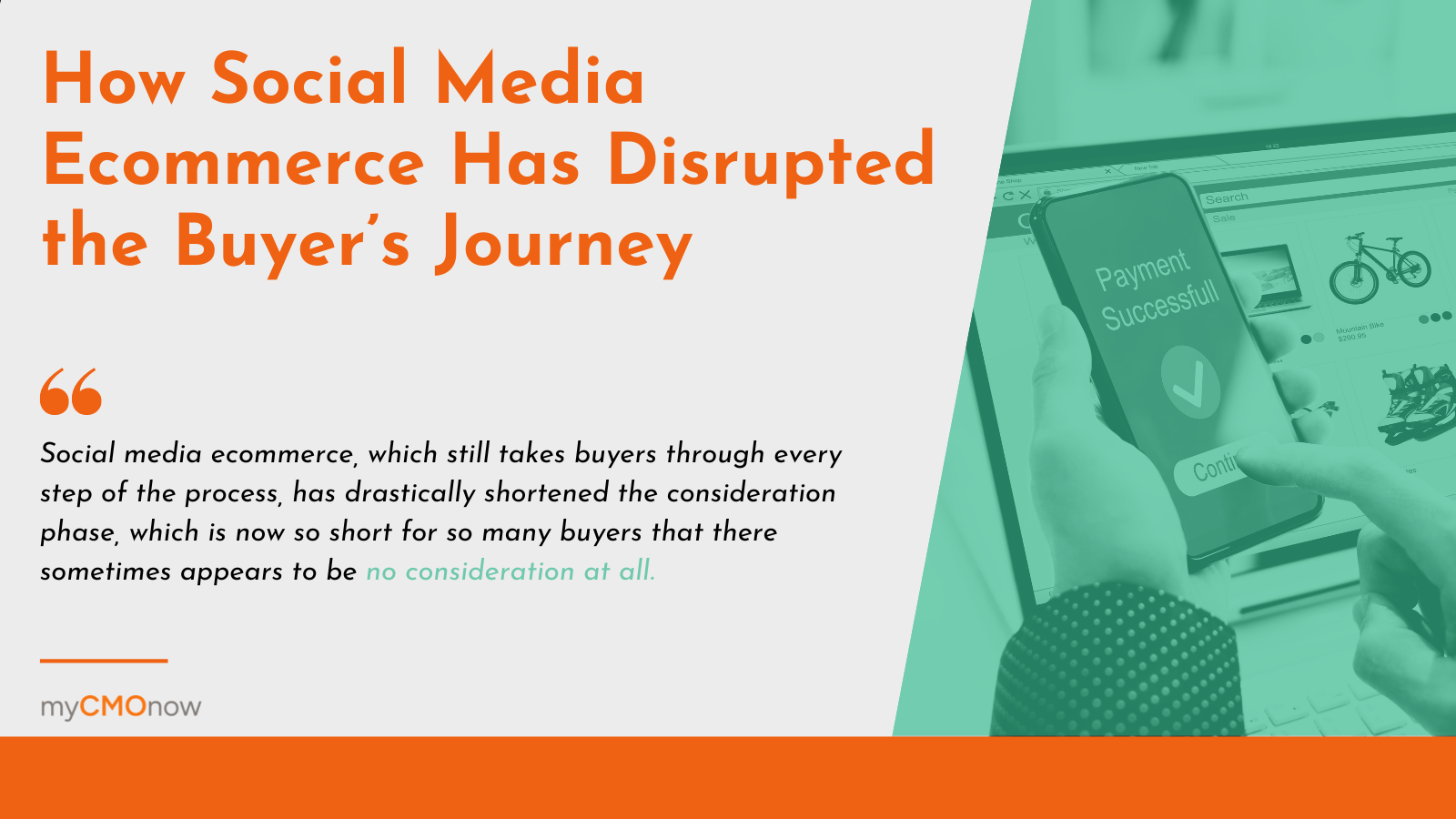
No matter how you examine the buyer’s journey, it’s the same every time. Awareness. Consideration. Decision. Every stage must occur before a purchase is made. To carry further, of course, is the delight phase, which consists of customer appreciation and service to ensure the buyer comes back for more.
In many ways, buyer’s journey has evolved. As we discussed previously, buyers once relied on brands to provide more education during the consideration phase. That might have consisted of blogs, ebooks, tutorials, comparisons, and reviews. Today, buyers may do more of their own research.
This isn’t the only way the buyer’s journey has evolved. Social media ecommerce, which still takes buyers through every step of the process, has drastically shortened the consideration phase. The consideration phase is actually so short for so many buyers that there sometimes appears to be no consideration at all.
How did this happen?
Take Advantage of Impulse
We know that not everything we buy requires a six-month research and discovery project before we shell out our hard-earned dollars. Sometimes we grab that cool product off the shelf on the way to the cashier without much of a second thought.
The impulse buy is often fun, frivolous—and maybe delicious. The cute keychain. The gag gift for your mom. The bag of M&Ms. Sometimes, though, an impulse buy is as big as a car. Clearly, a low price helps grease the wheels a little, but it’s not a requirement to shorten that consideration phase.
Instead of a low price, buyers need to feel they’re getting a deal. That can spark impulse. Many social media ads take advantage of anchor bias by showing what a great deal the product in question is. That’s often enough to tip a buyer from consideration to purchase.
Take Advantage of Visual and Auditory Cues
Physical stores figured out the physical stimuli that affects buyer behavior a long time ago. The placement of the products throughout the store—hello, impulse buy at the checkout again. The overall store environment—anyone remember how Abercrombie & Fitch essentially gave us a master class on a branded environment? The smells, the sounds, the service. All these worked together to guide buyers straight from rack to the cashier.
While ecommerce websites had the benefit of convenience, they certainly couldn’t supply the same feel of shopping in a store. No background music. No ambient smells. No models moving about the store featuring the product.
Social media, however, gives buyers a glimpse back into the brick-and-mortar experience, with video, sound, products in use. No one has to guess when they see a Facebook or Instagram reel.
Remove All Friction
When social media ecommerce really started to take off, however, was when the platforms became storefronts. Instead of clicking through a post to the ecommerce website to finish a purchase, users can now buy directly from the platform they’re using.
The various payment options available also help to ease that friction, with Apple Pay, PayPal, Google Wallet, and more providing one-click buying options. Without the frustration of running for your wallet to enter your credit card numbers over and over again, you’re more likely to just…buy.
These are the reasons that social media ecommerce has truly changed how consumers buy. Sure, they still go through the same process. They now just become aware of the product, see the product in use, read the reviews right there in the social media comments, and finish the purchase without ever leaving the post. The consideration phase is often so short that it seems to have disappeared completely.

